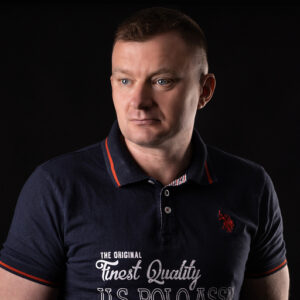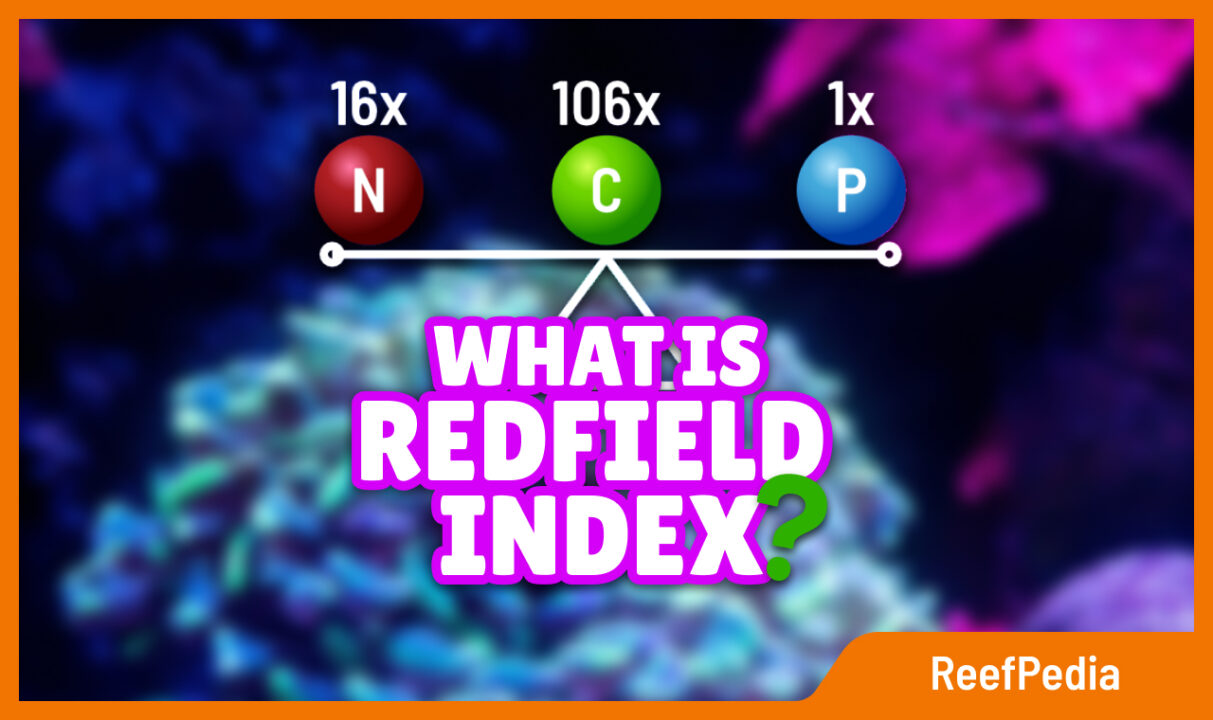Redfield index
There is an ongoing discussion among aquarists as to whether the Redfield coefficient is something important or not in marine aquaristics.
What this coefficient is and what it entails will be described in this article.
Redfield’s findings
The Redfield ratio is named after its creator Alfred C. Redfield, who first described it in a 1934 article.
By analysing seawater samples from different regions, Alfred Redfield discovered that the ratio of carbon to nitrogen, and phosphorus remained the same regardless of the locations from which the samples were taken.

The quantitative relationships of carbon, nitrogen and phosphorus, C:N:P, remained in constant proportions – 106:16:1.
What is the application of these ratios in marine aquaristics.
The ratios presented by Redfield illustrate the optimum conditions for marine biota to grow and live.
As we do not test the levels of nitrogen and phosphorus on a daily basis, but their derivatives (nitrate and phosphate), the table below shows, without further calculation, the nutrient values. Their changing proportions, colour-coded, indicate optimal values (green), risk of cyanobacteria (red), risk of algae (orange).

Some people in the marine aquarium hobby use these ratios as a determinant of the nutrient parameters in the aquarium to keep the aquarium in ideal biological condition. They claim that if this ratio is disturbed then the aquarium is prone to algae, Dino or Cyano.
On the other hand, there are people who claim that the ratio is not so important; they do not maintain an optimal ratio of nutrients and their aquariums function properly.
Triton has an NDOC test available to test carbon levels. This test allows you to fully determine the Redfield ratio and analyse the water composition.
Summary
I, for my part, have never been concerned with the Redfield factor, always maintaining a higher NO3 than the PO4, but I have carried out no research on whether this factor actually works in such a way that it affects the formation of algae, Dino and Cyano.
What is your opinion on this subject? Feel free to discuss it on Social Reef.
About the author

Marek Protasewicz
Reefkeeping has been my passion for over 10 years now. I love learning. The hobby has taught me many valuable lessons, patience being the best example.
Combining work and passion is my path. I run Crazy Coral, a marine aquarium shop, for a number of years. Building this business from the scratch I learnt from my own mistakes at a heavy cost.
Later I managed a project aimed at development of methods for quick growth of Corals in non-natural conditions. The project was carried out by Get Sales, Poland.
Presently, I am responsible for distribution strategy at Reef Factory, of which I am a
co-founder. The company produces smart devices for marine aquaristics.
The last projects I have been involved in are Social Reef and ReefPedia.



